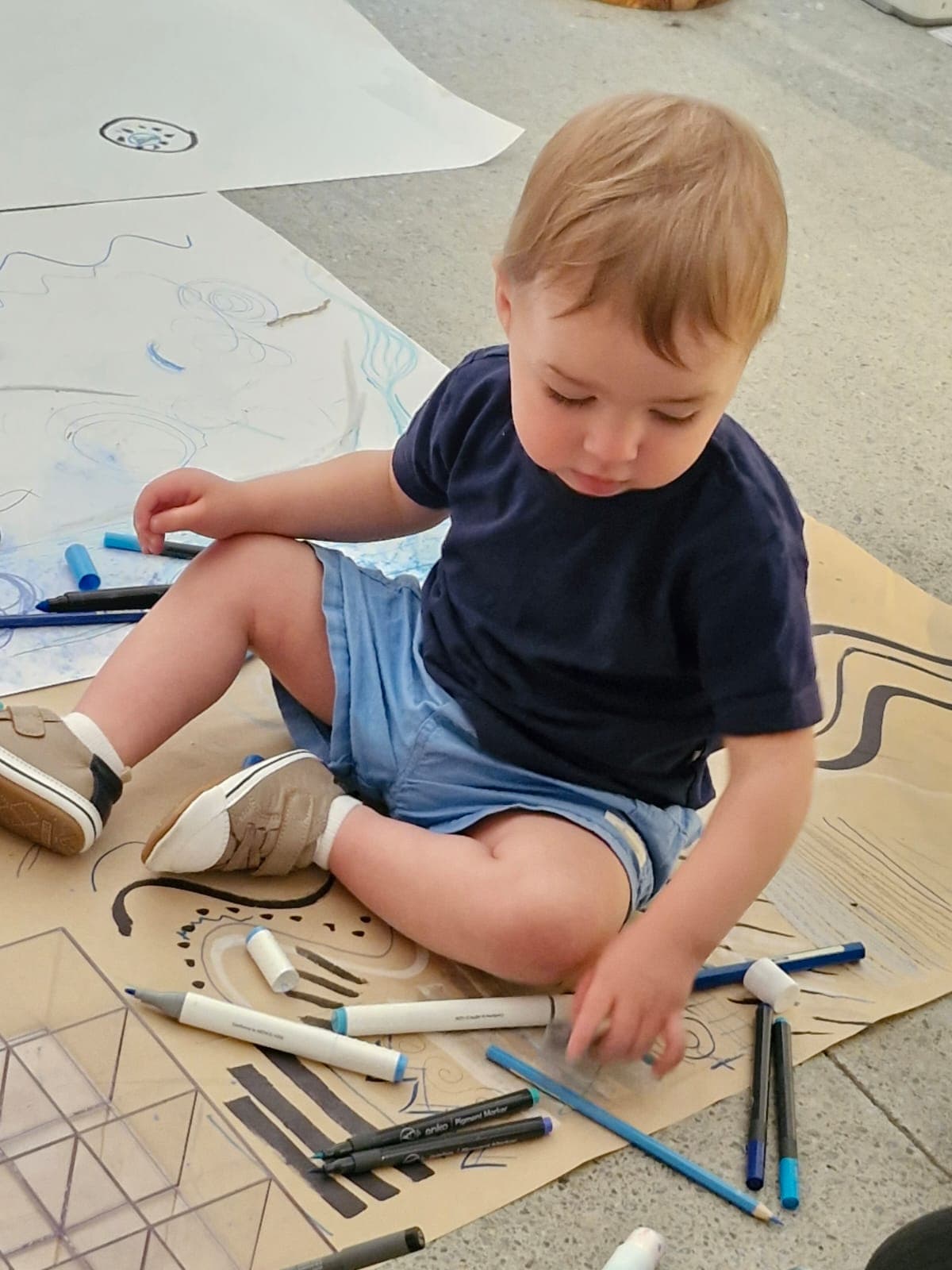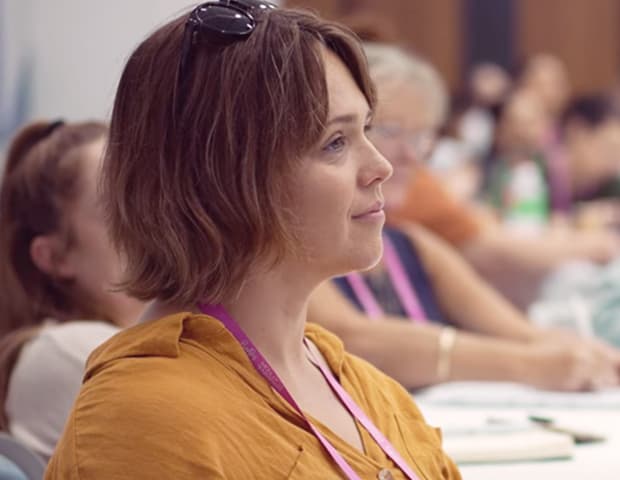That’s a good question and perhaps the answer is maybe. Sometimes, people can get caught up thinking that a topic is what makes content a theme. For example, spring or helpers in our community. But this couldn’t be further from the truth. It isn’t the content that makes something a theme it’s how it’s approached within the learning space.
Bringing in leaves, asking children to paint them, and reading a book about leaves can indeed be a theme if it ends there (let’s not even start on painting leaves!). But imagine instead a teacher who notices that the change in weather has brought new life to the trees they pass on the way to work. The teacher might say to the children, “I’ve noticed that the trees are changing. Have you noticed this too? I wonder why that might be?”
This simple question opens a doorway. It can invite a cascade of responses that spark more questions, more wonder, and deeper thinking. An effective teacher stays curious about children’s theories and focuses on children as theory makers rather than seeking right answers.
The same approach applies to topics like community helpers or transport. Often, we slip into a theme because of overplanning and our focus on the so-called follow-up activity. My suggestion? Let’s retire that term altogether. When we focus on a “follow-up activity,” we shift attention to doing rather than thinking. Instead, what if we talked about follow-up thinking?
That small shift creates space for children to think, explore, and experiment and those are the very things at the heart of inquiry.






